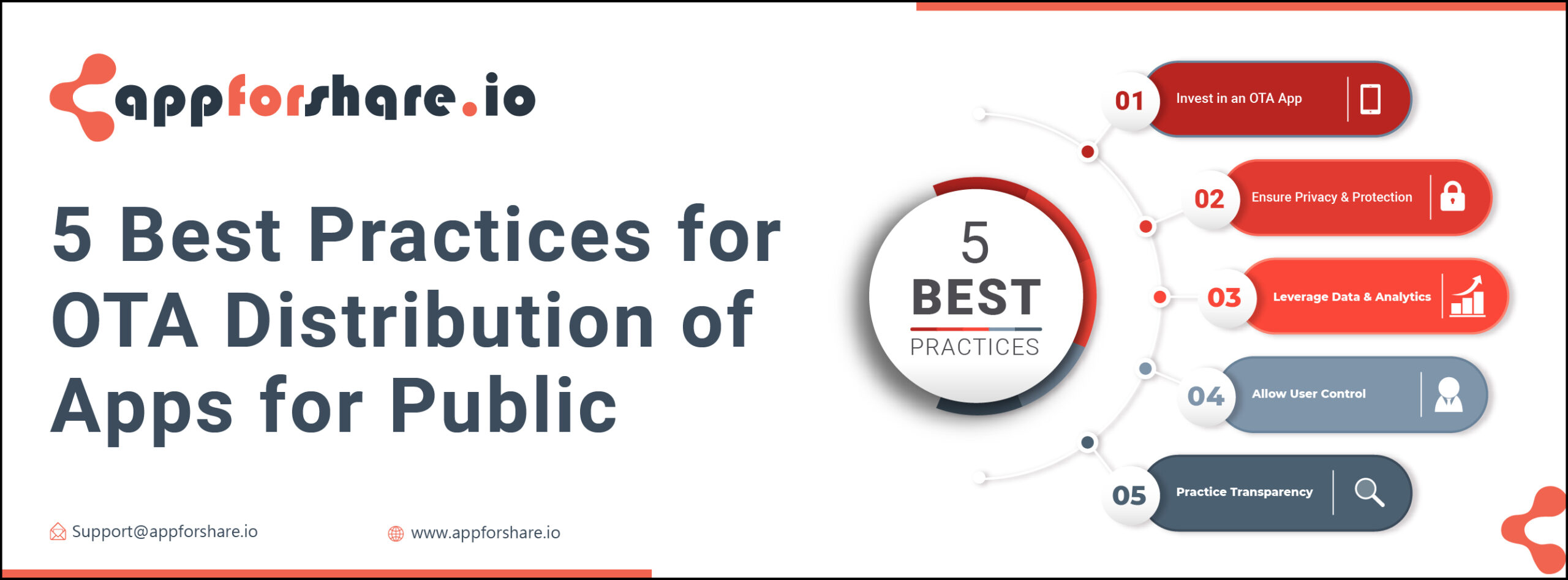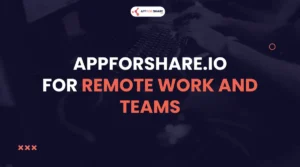Thanks to digital transformation, app usage increased over the past few years.
A study by Statista shows that users downloaded over 218 billion mobile apps in 2020. This was a 50% increase from the 140.7 billion apps downloaded in 2016. And these figures will only continue to grow as the world fully embraces the digital age.
The increase in demand also means competition will only get tougher for brands and, in turn, app developers. To make sure your products and services meet your users’ expectations, provide a seamless and immersive digital experience by leveraging OTA or over the air link app.
What is OTA?
OTA or over the air refers to the wireless delivery of new software, firmware, or data to mobile devices. It makes app deployments hassle-free. Specifically, it allows you to wirelessly upgrade the operating firmware of any connected devices.
Best practices for OTA distribution
- Invest in an OTA app
An OTA app serves as a platform where you can distribute your apps through OTA installation to clients. This makes the process more intuitive rather than doing it on your own.
A great example is appforshare.io. Through its drag-and-drop feature, all you need is to upload your .apk or .ipa file, and then it will generate the download link for you to share with your team members, owners, or clients.
Having an OTA app can come in handy for installing development, ad-hoc, and in-builds.
- Ensure privacy and protection
Like all digital innovations, there are some risks involved with OTA distribution. Hackers can penetrate through your system and use it to change the device’s software. Such threats can come in the form of unofficial updates that will end up introducing security vulnerabilities into connected devices.
Hence, you must make sure your OTA installation and update process is properly secured before allowing your members, users, and clients to use it. One way you can do this is to encrypt and authenticate your OTA process and deliver them to your end-users via a secure protocol. You can also consider limiting access to your OTA links through ad hoc distribution over the air.
- Leverage data and analytics
Your OTA process can be a source for many valuable data you can use to improve your applications and overall user experience. Instead of letting such insights go to waste, consider leveraging data and analytics into your OTA distribution.
One way to do this is to continuously monitor the impacts of your OTA process. For example, you can keep track of the number of downloads you get through the OTA links and take note of which platforms or channels get the most clicks. With this information, you can determine how effective your OTA process is.
Likewise, developers and those with a programming degree can use data to look out for the latest trends in the app market. With the various emerging smart devices, codes are getting increasingly complex. As a result, this caused larger release cycles for applications. With the right OTA tool, you can monitor OTA campaigns in real-time.
- Allow user control
OTA provides a convenient way for end-users to install apps and receive its corresponding updates. The entire process can be encapsulated in just a single click. Nonetheless, developers should strive to allow users to choose and control what data they are willing to give away and receive from you. This is especially when it comes to personal information.
It is recommended that you only access sensitive data that is related to the core capability of your app. And with each and every access, you must provide a notice and choice for your users, allowing them to opt out whenever they want. This can be in the form of visual indicators and reminders that pop up before collecting, transmitting or using such data from your OTA process.
- Practice transparency
A pop-up notification is just the first step to achieving transparency for your OTA process. When it comes to best practices, you must take a step further and offer full disclosure of your app’s data usage, sharing, and retention practice. You can do this by making the Privacy Policy easily accessible to your end-users during downloads and installations.
This is especially important if you are using OTA links to distribute your apps to your users. After all, there are many risks involved when downloading apps outside the usual app stores. For Android users, they must even enable unknown sources on their mobile devices before they can download .apk or .ipa files from internet browsers. By practicing transparency, you can reassure your users and gain their trust.
Benefits of OTA distribution
OTA is an efficient way to deploy and update your apps—more so when you use an OTA link app. Instead of manually updating each individual device, you can simply share the link to your members, users, and clients, and it will automatically trigger the process. Other benefits include:
- Catch and resolve issues faster
- Save time and money for quality assurance and app development
- Make updates more accessible and convenient for end users
So go ahead and explore what apps you can use to leverage OTA distribution. Check out appforshare.io to find out more about the benefits of over the air installations and updates.





